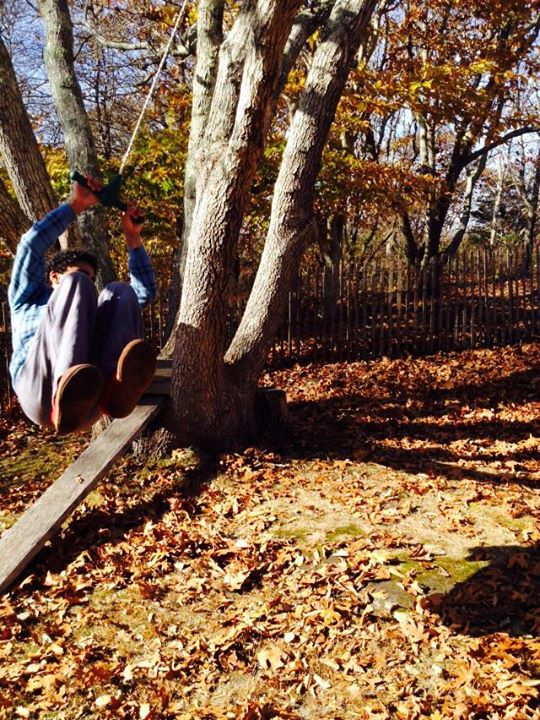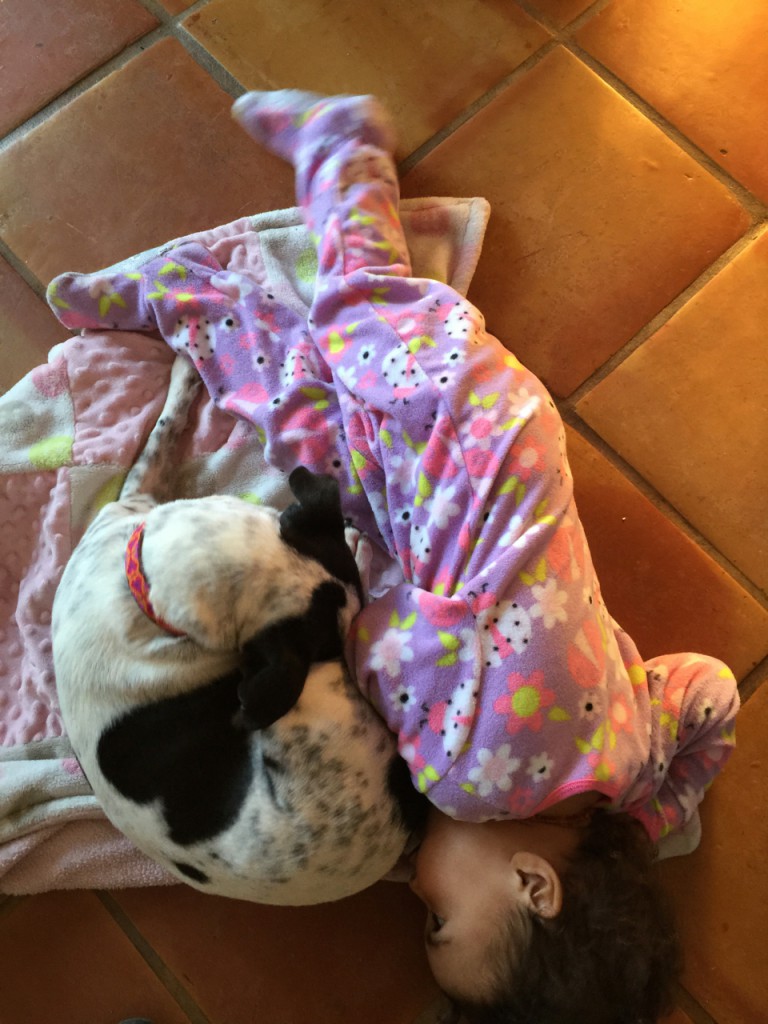I spent all of last week on Martha’s Vineyard working with Jacob and his parents, Jo-Ann and Derrill. Actually, the word is playing. I am blessed that playing is integral to my work, and the more improvisational and surprising the play, the better the work.
Jacob is autistic. Rather than buckling down into a behavioral modification or efforting, re-shaping way of working with Jacob, his parents have cultivated a spirit of playful engagement, physical attunement, deep listening, and ever expanding spiritual inquiry in their relationship with their son.
In my interactions with him and with them, my intention is to step into the current of whatever is unfolding in the moment so that I can observe from within that perspective. i am looking at what is present, what is absent, what is Jacob offering and if and how can we expand upon those themes. I am also asking him every day what it is that he would like us to know. Jacob is non-verbal, so we all must become adept in listening to cues that come through movement, through stillness, sound, behavior, and a myriad of subtle micro-signals. The bass note is always love, curiosity and acceptance.
Is it humbling? Yes. It is also joyful, inspiring, breathtaking. There are times when I feel that I have swum out of my depth, that I am swallowed in the wild ocean of this mystery that is autism. In those moments, I always come back to sensing and feeling my own body. I know how to swim, how to orient, how to get quiet and feel first my heart, then my feet, my breath, and all the space that holds us both.
If there was any one thing that I wanted to share with Jo-Ann and Derrill and anyone else who spends time with Jacob it is that: let your body be the bell that rings in tune with Jacob’s. Feel him in you, let his movement, his sound, his stillness light you up, enter you, transform you. That is truly his gift. One of so very many yet to be unwrapped.



